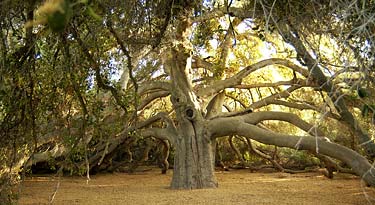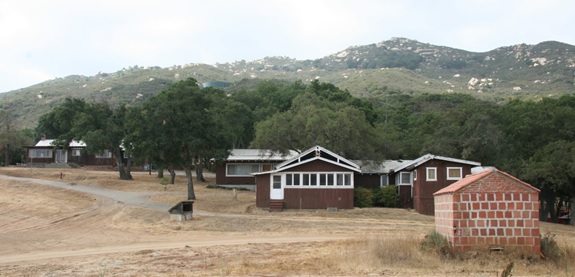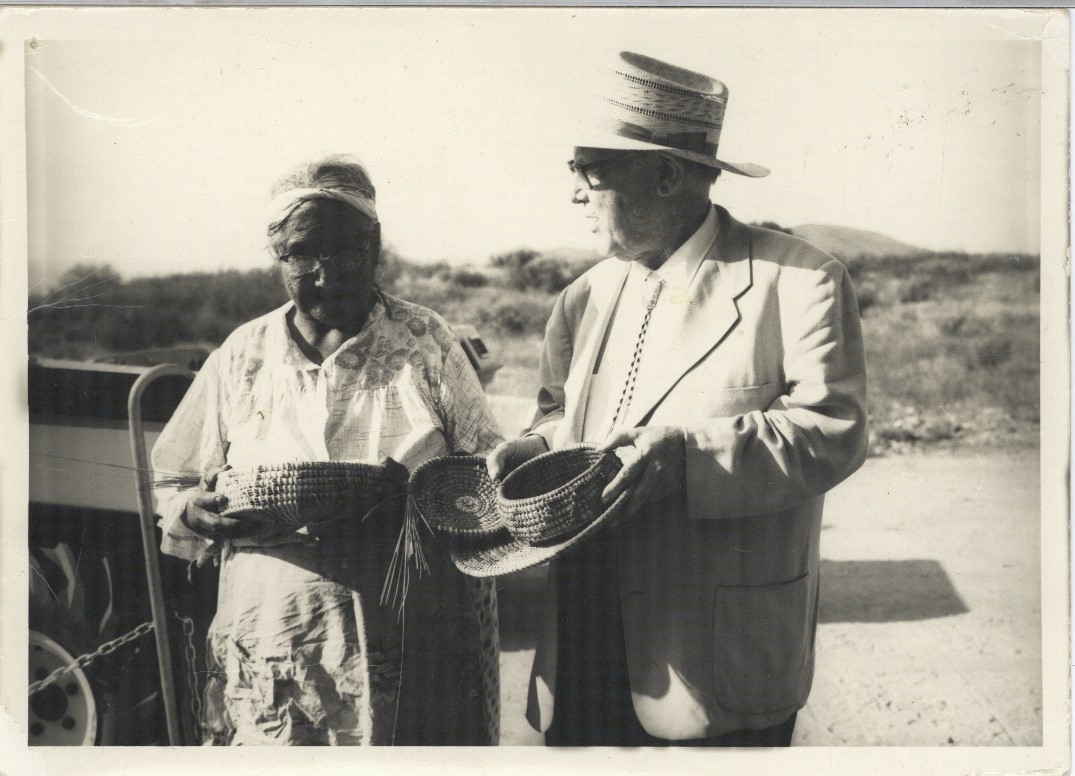 To the Pechanga people, the land and the Great Oak that stands upon it carry meaning that transcends physical presence. The Great Oak has come to embody the identity and character of the Pechanga Band: strength, wisdom, longevity and determination.
To the Pechanga people, the land and the Great Oak that stands upon it carry meaning that transcends physical presence. The Great Oak has come to embody the identity and character of the Pechanga Band: strength, wisdom, longevity and determination.
Wi’áaşal , The Great Oak
The Great Oak, known as Wi’áaşal by Pechanga people, is recognized as the largest naturally grown indigenous coast live oak (Quercus agrifolia) in the Western United States. Its trunk is over 20 feet in circumference, and the above-ground portion of the tree is nearly 100 feet tall. Wi’áaşal’s largest branches reach the ground, supporting the tree’s weight and creating a sheltering canopy for countless generations of people and animals. The Great Oak is over 1,000 years old, making it one of the oldest living oak trees in the Western United States.
|
The Great Oak is located in an area once known as Great Oak Ranch. It was located just outside the borders of the reservation land granted to the Pechanga people in 1882. In 2001, the Pechanga Tribe purchased the Great Oak Ranch, Wi’áaşal, and the 1000 acres surrounding it. In April 2003, the Pechanga Band of Indians had the Great Oak Ranch property put into federal trust by President Bush. This property is now part of the Pechanga Reservation. |

Erle Stanley Gardner’s main compound contained many small houses where his secretaries and staff lived. The brick-and-mortar building in the foreground is a fire-proof vault where Gardner stored his original manuscripts. |
Part of the Great Oak’s significance lies in the fact that, despite its great age, it continues to produce acorns, one of the foods that sustained native Californians for thousands of years before the arrival of Europeans. The Great Oak produces acorns every two to three years. Cultural Department employees and the Pechanga Youth transplant the tiny acorn saplings that have sprouted under the Great Oak’s canopy into pots. When they are large enough, Wi’áaşal’s children are planted elsewhere on the reservation.
Erle Stanley Gardner
The ranch’s most famous resident was mystery writer Erle Stanley Gardner, who owned the land he called Rancho del Paisano from 1937 until his death in 1970. Gardner passed the bar at 21 and was a practicing lawyer until 1933 when he retired to write detective fiction full-time. He is best known for his Perry Mason novels, which were later adapted for radio, movies, and television. Gardner was an extremely prolific author. In addition to completing more than 100 novels, he also wrote several non-fiction books and dozens of short stories and magazine articles.

Erle Stanley Gardner discussing baskets with Mary (Maria) Osuna in the mid-1930s. Gardner kept a collection of Native American art in the office where he wrote many of his novels. |
Although Gardner originally intended his ranch to be a part-time residence, it eventually became his primary home. Over the years, he expanded the living quarters on the 1000-acre ranch from one small cabin to a complex of 27 buildings, which included separate cabins for the many full-time secretaries who typed the novels he dictated. He even built a fireproof vault where he stored his original manuscripts and recordings. Gardner died on March 11, 1970 after a battle with cancer. His widow, Agnes Jean Bethell, sold Rancho del Paisano to Dr. and Mrs. Ivan Boseker of Newport Beach, CA, who in turn sold it to Pechanga in 2001. |
Visiting the Great Oak
The Pechanga Cultural Resources Department periodically offers guided tours of the Great Oak Tree. If you are interested in visiting Wi’áaşal, please contact Cultural Resources at (951) 770-6300 for more information.

